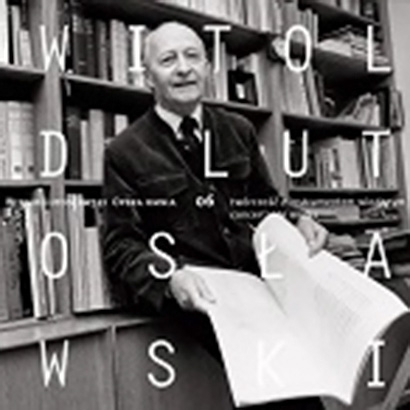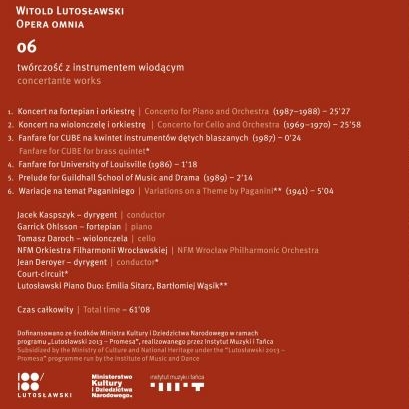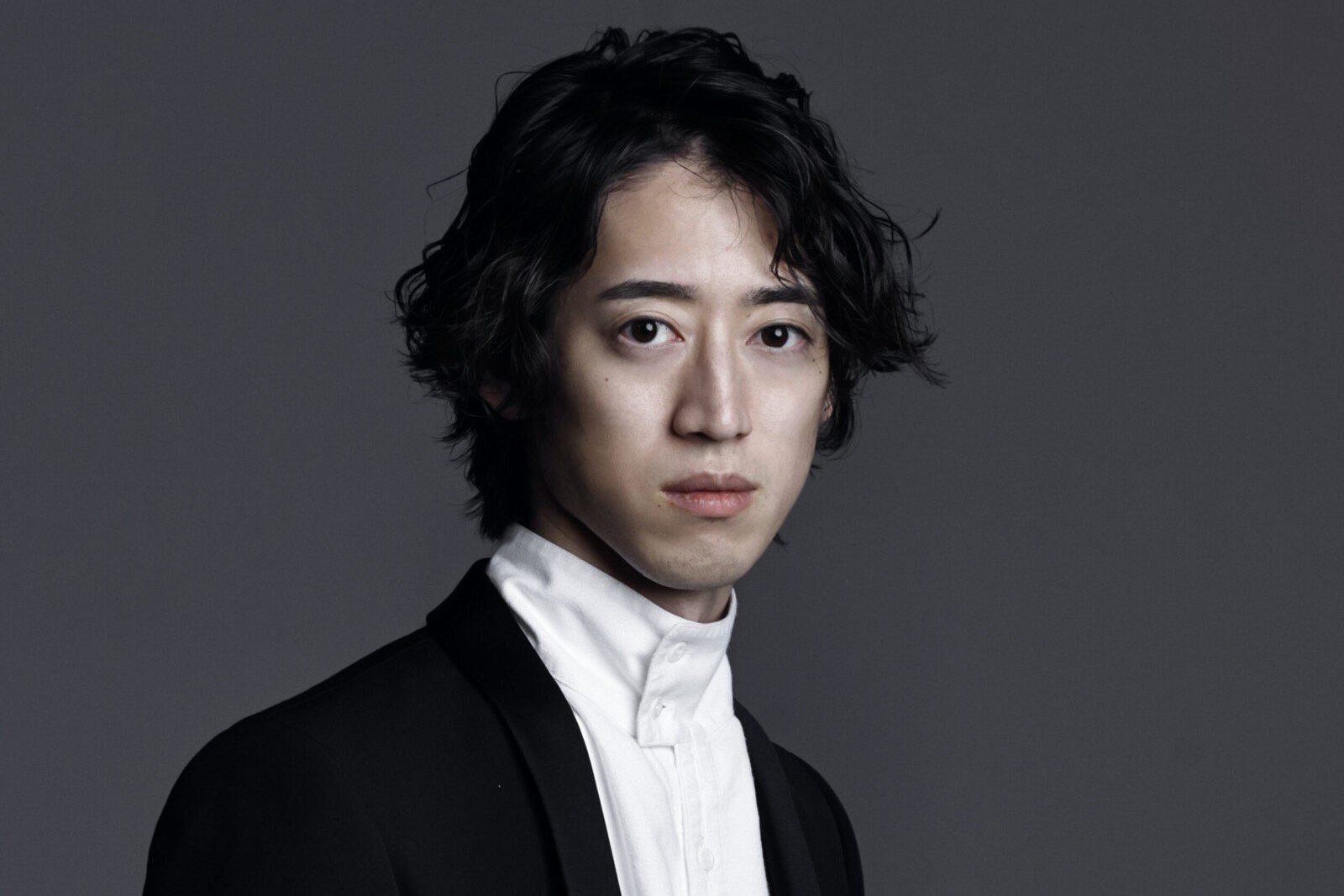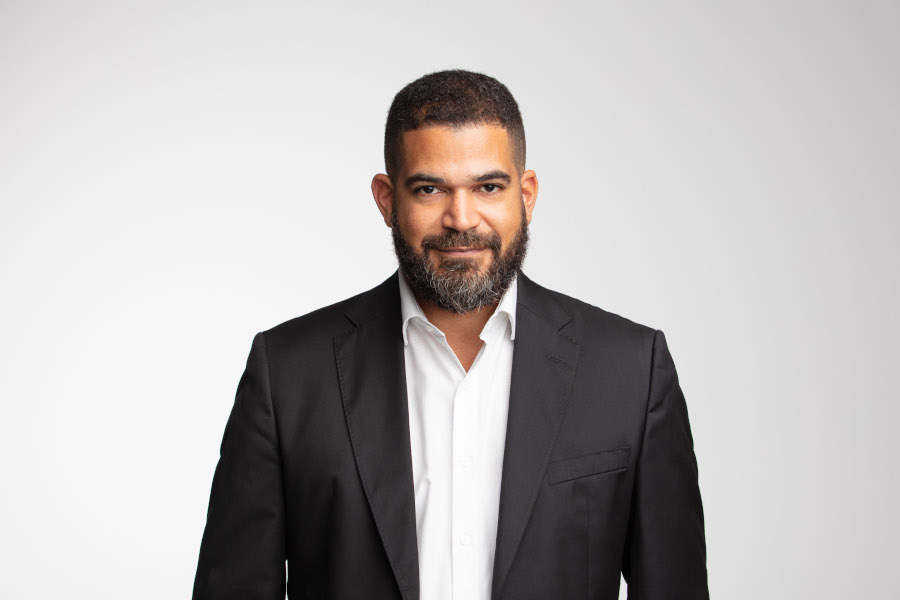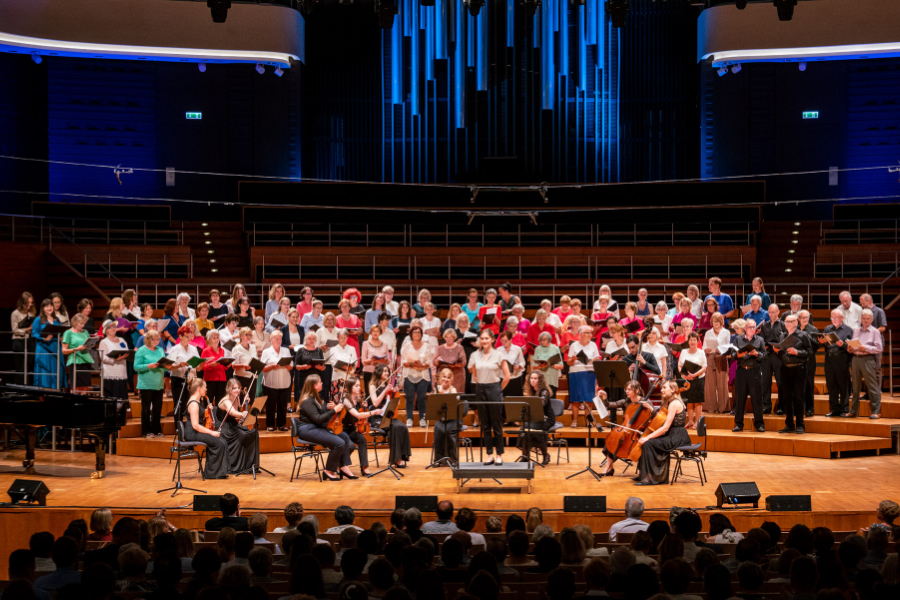Opera Omnia 06
The centre of gravity of the sixth album from the Witold Lutosławski. Opera Omnia series sits around interpretations of two concertos: the Concerto for Piano and Orchestra, dedicated to Krystian Zimerman, and the Cello Concerto written for the charismatic Mstislav Rostropovich.
Album premiere: 2013
Publishers: National Forum of Music, CD Accord
Conductor: Jacek Kaspszyk, Jean Deroyer (Fanfare for CUBE)
Performers: Garrick Ohlsson, Tomasz Daroch, NFM Wrocław Philharmonic, Court-circuit (Fanfare for CUBE), Lutosławski Piano Duo
Cello, piano, violin, clarinet, oboe, harp, voice. The number of different instruments to which Witold Lutosławski entrusted solo parts with orchestral accompaniment is not impressive – even if we count the voice types separately: soprano (Lacrimosa, Silesian Triptych and Chantefleurs), mezzo-soprano (Five Songs), tenor (Paroles tissées), baritone (Les espaces du sommeil). There are three ‘concertos’ under this name: two are featured on this album, with the third, a double concerto for oboe and harp, on album number three. The fourth, for violin, remained in sketch form only. The original concertante form is a triptych composed of Chain II and Partita with an Interlude without the participation of the soloist. The remaining ‘solos’ (originally with piano) are more modest: the clarinet Dance Preludes are an impressive series of miniatures, while the cello Grave is a short monologue. One can only imagine what would have happened if Lutosławski had been persuaded to write a concerto for a virtuoso of, say, the trombone or French horn (which seems unlikely; the composer liked brass, but usually in mass), or at least the flute or bassoon. It would be interesting to hear what solo he would write for harpsichord (he used this instrument – apart from stage music – only once, in Chain I). I can’t really imagine his organ or guitar concerto. Or double bass concerto (although...?). Or one for percussion.
Fantasies aside, we have what we have. Lutosławski thought about concertante forms throughout his entire life. The pre- and post-war sketches of a piano concerto for Witold Małcużyński, his namesake and friend, were quite advanced. Małcużyński, not insignificantly, almost never performed contemporary works. Lutosławski returned from time to time to the idea of a violin concerto. There was talk of an oboe concerto for Lothar Faber, and some music had already been written. Sometimes the topic of a flute concerto came up. Soloists approached him asking for compositions. Those for whom he wrote something were almost without exception the international top league: Heinz Holliger, Pinchas Zukerman and Anne-Sophie Mutter, Peter Pears and Dietrich Fischer-Dieskau. The young – but preparing for a beautiful career – Solveig Kringlebotn. And our heroes: Mstislav Rostropowicz and Krystian Zimerman. Whatever and whoever would favour this happiness, the composer could choose among the soloists and often refused, even with top-class artists.
Rafał Augustyn
The unique series ‘Witold Lutosławski. Opera omnia’, released by the NFM and CD Accord, is a project presenting all the works of this outstanding Polish composer. The albums in this series are exclusive in terms of performance, production and editing.
